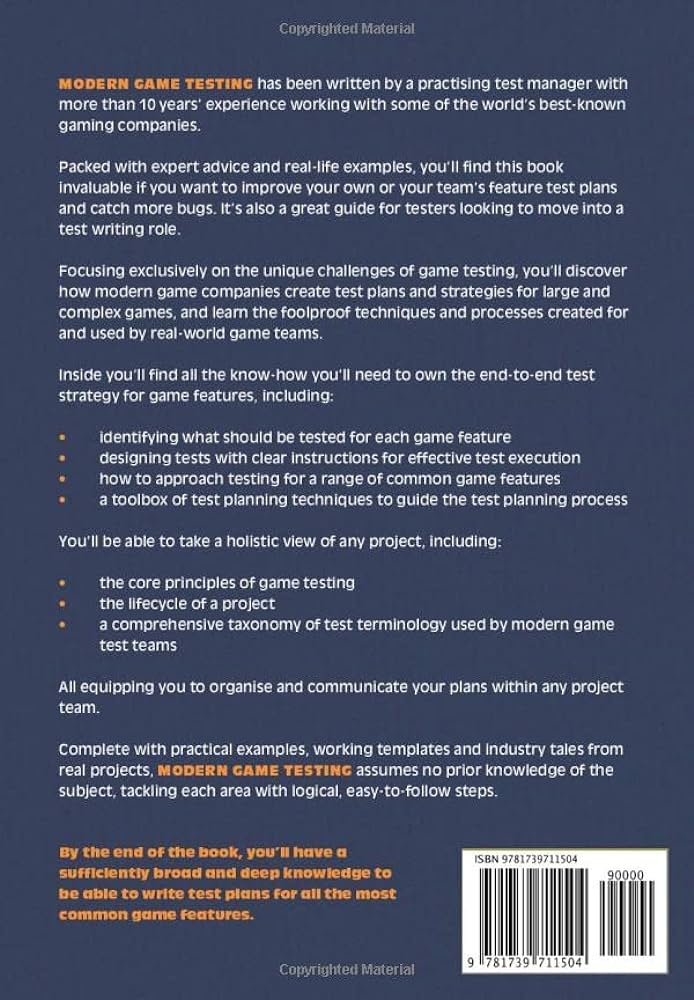Introduction
Material testing and analysis play a crucial role in various industries, including manufacturing, aerospace, automotive, and construction. The ability to understand the properties and behavior of materials is essential for ensuring product quality, safety, and performance. However, as technology advances and new materials are developed, modern material testing and analysis face several key challenges.
1. Rapid Technological Advancements
The rapid pace of technological advancements poses a significant challenge in material testing and analysis. New materials with unique properties are constantly being developed, requiring testing methods to keep up with these advancements. Researchers and engineers need to continuously update their knowledge and skills to effectively analyze and test these new materials.
2. Complex Material Structures
Modern materials often have complex structures at the microscopic and nanoscopic levels. Analyzing and testing these structures require advanced techniques and equipment. The challenge lies in accurately characterizing the material’s properties, such as strength, durability, and thermal conductivity, at these small scales.
3. Multidisciplinary Approach
Material testing and analysis involve a multidisciplinary approach, requiring collaboration between scientists, engineers, and technicians from various fields. The challenge is to effectively communicate and integrate knowledge from different disciplines to obtain comprehensive and accurate results.
4. Cost and Time Constraints
Material testing and analysis can be time-consuming and expensive. Organizations often face budget and time constraints, making it challenging to conduct extensive testing and analysis. Finding cost-effective and time-efficient methods without compromising accuracy is a constant challenge in modern material testing.
5. Standardization and Quality Assurance
Ensuring standardization and quality assurance in material testing and analysis is crucial for reliable results. However, different testing laboratories may have varying procedures and equipment, leading to inconsistencies in results. Developing and implementing standardized testing protocols and quality assurance measures is a challenge that needs to be addressed.
6. Non-Destructive Testing
Non-destructive testing (NDT) methods are essential for assessing material properties without causing damage. However, NDT techniques may not always provide complete information about the material’s internal structure and properties. Developing advanced NDT methods that can provide comprehensive.
Summary

Modern material testing and analysis encounter several significant challenges that need to be addressed to ensure accurate and reliable results. These challenges include:
- Complex Material Structures: With the advent of advanced materials such as composites and nanomaterials, the structures have become more intricate, making it difficult to characterize their properties accurately.
- Multiscale Analysis: Materials often exhibit different properties at various scales, requiring testing and analysis techniques that can capture these variations.
- Non-Destructive Testing: Traditional destructive testing methods may not be suitable for certain materials or components, necessitating the development of non-destructive testing techniques.
- High-Temperature Testing: Many applications require materials to withstand extreme temperatures, making it challenging to conduct accurate testing under such conditions.
- Data Analysis and Interpretation: The increasing complexity and volume of data generated during material testing require advanced data analysis and interpretation techniques to extract meaningful insights.
- Standardization: The lack of standardized testing procedures and protocols can lead to inconsistencies in results, making it difficult to compare and validate findings across different studies.
Addressing these challenges requires continuous research and development in material testing and analysis techniques, as well as collaboration between industry, academia, and regulatory bodies. By overcoming these obstacles, we can ensure the reliability and accuracy of material testing, leading to improved product performance and innovatio n in various industries.
- Q: What are the key challenges in modern material testing and analysis?
- A: The key challenges in modern material testing and analysis include:
- – Ensuring accurate and reliable test results
- – Dealing with complex and heterogeneous materials
- – Developing advanced testing techniques for new materials
- – Managing large amounts of data generated during testing
- – Balancing the need for speed with the need for thorough analysis
- – Addressing the limitations of existing testing equipment and methods
- – Keeping up with rapidly evolving material technologies

Welcome to my website! My name is Joseph Wager, and I am a professional Flexographic Printing Operator with a passion for all things related to printing, artistic showcases, architectural blueprinting, and material science & testing. With years of experience in the industry, I am excited to share my knowledge and expertise with you.

